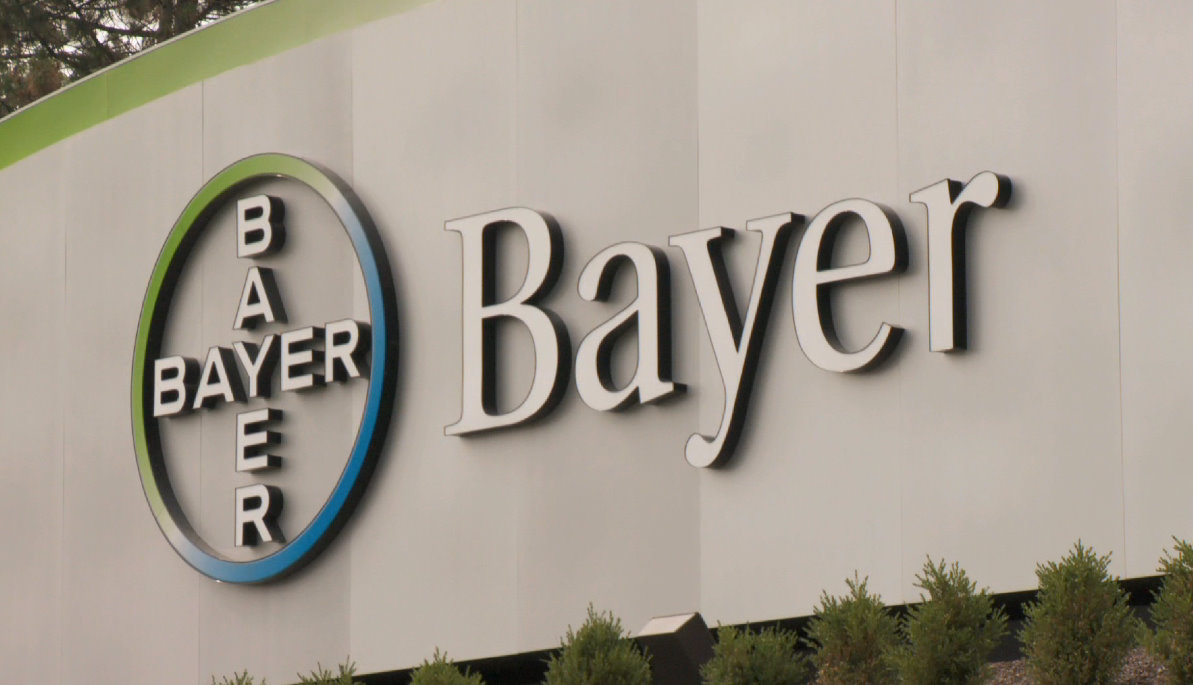Rivaroxaban, better known as Xarelto®, has been associated with hundreds of adverse events involving fatal and near-fatal hemorrhaging since it received FDA approval in 2011. Within three years of its arrival on pharmacy shelves, the number of injuries due to Xarelto’s side effects has surpassed those caused by rival medication Pradaxa (dabigitran). So far, the number of Xarelto lawsuits has passed the 1,900 mark and is well on its way to 2,000. Despite powerful evidence that the product has caused serious injury and death, however, the manufacturers are citing a study to support claims that the medication is “safe.”
According to a recent press release from Johnson & Johnson, parent company of Xarelto manufacturer Janssen Pharmaceutica, results from two “landmark real-world studies” demonstrate that “the use of rivaroxaban in day-to-day care is consistent with the safety profile observed in ROCKET AF, the landmark Phase 3 study used by regulatory authorities worldwide to approve the medicine for the prevention of stroke in patients with non-valvular atrial fibrillation.”
It bears mentioning at this point that the Food and Drug Administration (FDA) initially expressed serious concerns about the ROCKET-AF study when the medication was first under consideration in 2011. At the time, the FDA recommended that Xarelto not be approved because of “a lack of substantial evidence that rivaroxaban will have its desired effect when used as recommended in labeling.” That recommendation resulted from questions regarding whether rivaroxaban was as effective as warfarin (Coumadin) in preventing stroke and embolism.
The problem, according to the FDA, was that test subjects spent less than 60% of the time at the optimal international normalized ratio (a measure of how long it takes to form a blood clot, used to determine the effectiveness of oral anticoagulant medications). That time was shorter than it had been in other studies comparing new-generation anticoagulants to warfarin, and thus did not adequately demonstrate Xarelto to be as effective as the older drug.
Despite this, FDA approval was granted on July 1, 2011 for patients at risk of deep vein thrombosis in patients undergoing knee or hip replacement surgery. Over the next two years, the FDA approved Xarelto for additional purposes, including the prevention of stroke in patients with irregular heartbeat, and to reduce risk of strokes in those suffering from acute coronary syndrome (a condition that may suddenly block the flow of blood to the heart).
Johnson & Johnson’s most recent claims are based on a Post-Market Safety Surveillance (PMSS) study called “XARELTO® for Prevention of Stroke in Patients with Atrial Fibrillation” (XANTUS). According to the PMSS, “Fatal bleeds were uncommon, with an incidence of 0.1 per 100 person-years.” The press release acknowledges that it was a “retrospective study,” and there was nothing with which to compare it. The XANTUS study produced similar results – and like the PMSS, there was no “comparator arm” for the study. Furthermore, the XANTUS study was designed and funded by Bayer, Janssen Pharmaceutica’s partner in the marketing and sale of Xarelto.
Meanwhile, other studies have come to different conclusions. Earlier this year, a study published in the British Medical Journal concluded that a “twofold higher risk of bleeding with rivaroxaban [Xarelto] compared with warfarin” could not be ruled out. This is consistent with a 2013 study demonstrating that patients treated with Xarelto and similar “new-generation” anticoagulants ran a significantly increased risk of fatal gastrointestinal bleeding compared to those treated with warfarin. Furthermore, a study published in theJournal of the American Medical Association last year found that “treatment with rivaroxaban can be associated with severe, symptomatic liver injury” – something that Janssen and Bayer fail to mention.
There is plenty of incentive for Janssen and Bayer to present their product in the best possible light, despite the demonstrated dangers to patients. Worldwide, the number of elderly patients is increasing due to greater longevity. According to FiercePharma, the market for anticoagulants such as Xarelto is expected to grow faster than those of other medications over the next three years. Another report indicates that sales for anticoagulants could reach over $15 billion by 2018. By that time, Xarelto is expected to capture over 20% of that lucrative market.
Current litigation and publicity over Xarelto’s dangers is threatening that market share. Another threat to Xarelto’s profit margin comes as the result of recent FDA approval of a reversal agent for rival medication Pradaxa. Although a similar antidote for the effects of Xarelto is in clinical development, and results have been promising, there presently is no indication of when it will be available.
The fact remains that Bayer and Janssen allegedly knew about the potential dangers of Xarelto, and failed to provide adequate warnings to physicians and patients. Currently, 1600 federal Xarelto lawsuits have been consolidated in Louisiana, with another 300 moving forward in a mass tort action before a Pennsylvania court.

